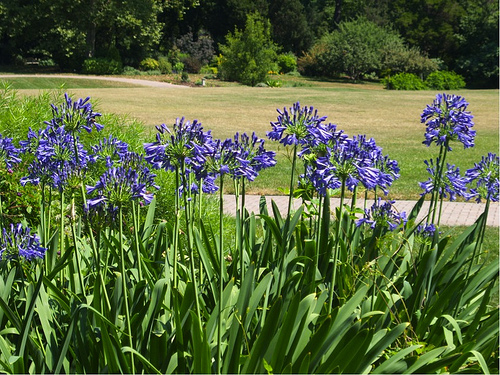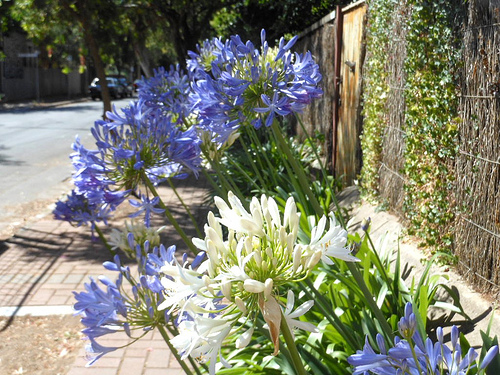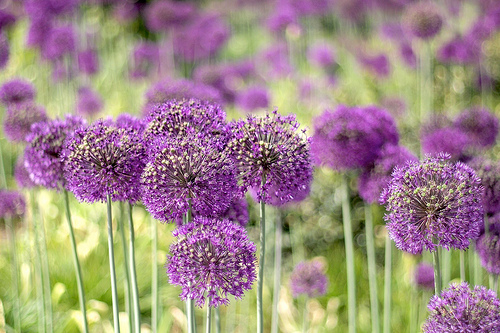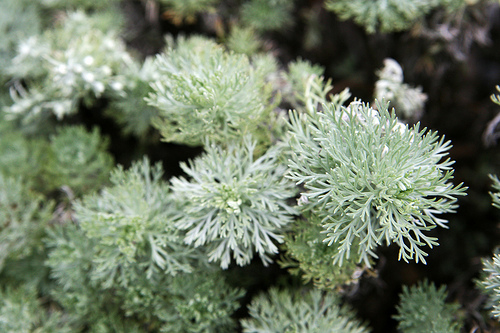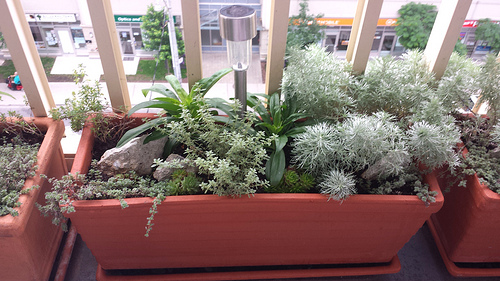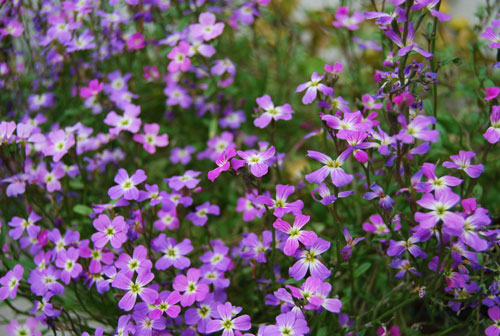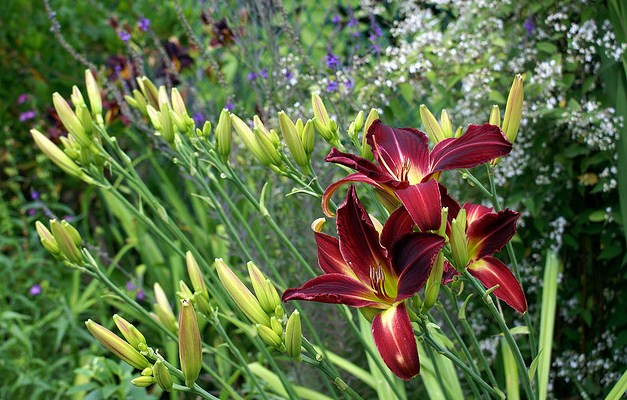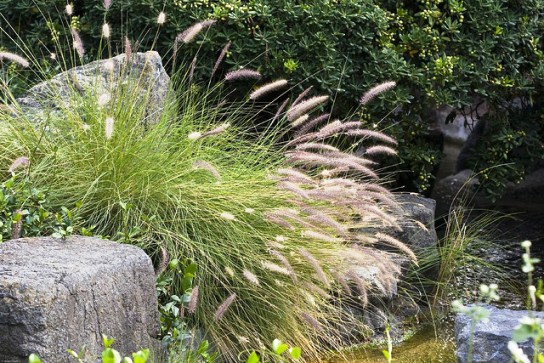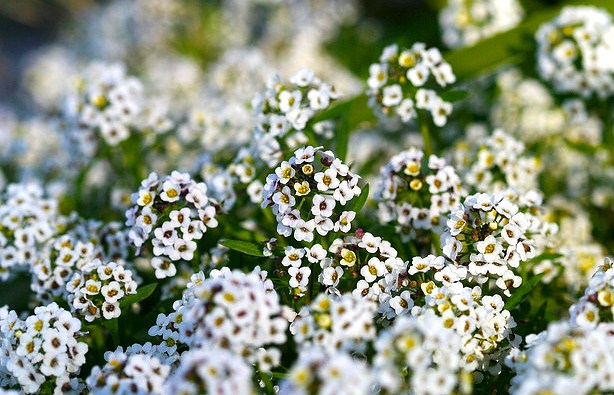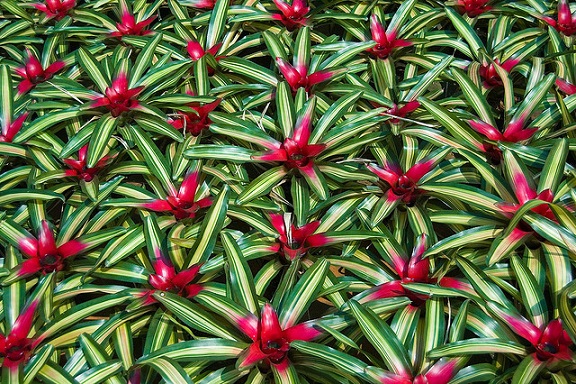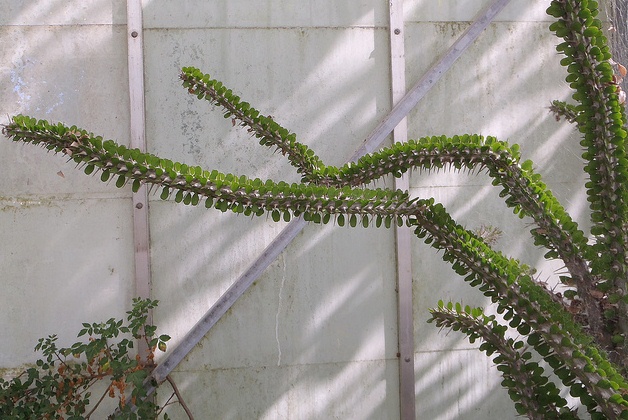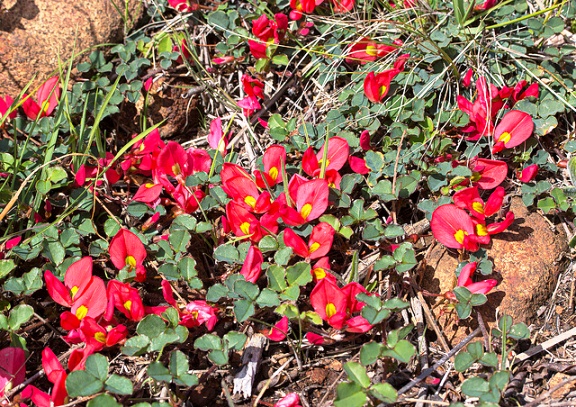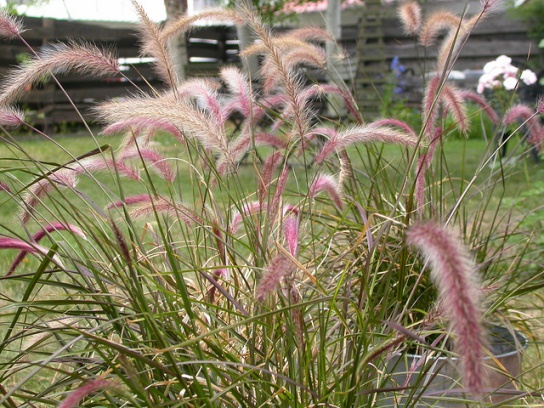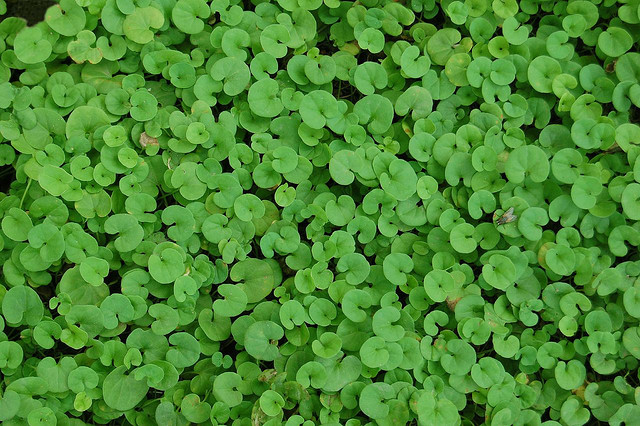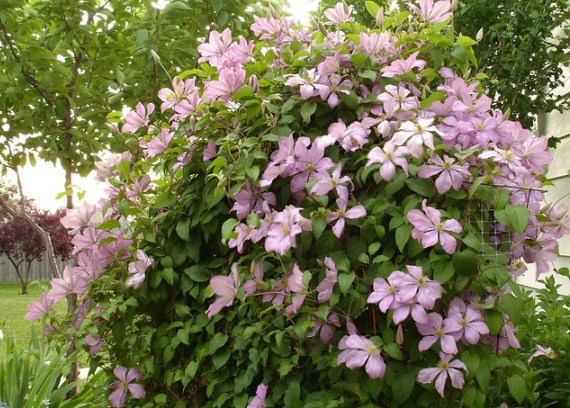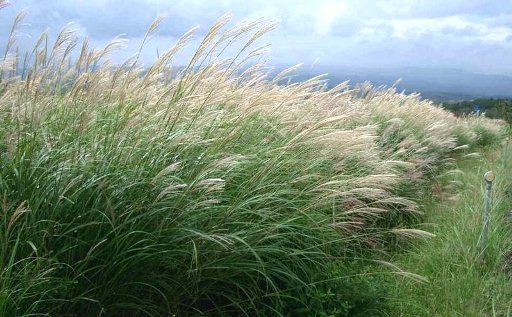Lovely Summer Bloomer: Agapanthus, the African Lily
If you are looking for something new to try for your summer garden, consider Agapanthus. Weather grown as a pot plant or grouped in a garden border, it looks striking with its ultra bright flowers that outshine most of the common bloomers.
Many varieties and cultivars of Agapanthus that are commercially available can be divided in two grouped: evergreen species that originate from milder climates of South Africa and deciduous Agapanthus that comes from colder regions. Growing condition of all varieties are generally similar – sunny exposure, well-drained soil, moderate watering, and protection from extreme cold.
Agapanthus can be propagate easily by division in spring and early summer, or after plants have finished flowering in early autumn. Mature plants tends to divide their bulbous roots; these should be split every three to four years. Agapanthus can also be propagated from seeds however young plant grown from seeds require frequent watering and protection from winter in their first year. Once established, they should be watered only when the soil in dry. Plants grown from seeds take two to three years to flower. Flowers of violet, white, or pink hues appear in summer.
If you growing Agapanthus in the garden, they can be combined easily with other plants in flowering beds. Agapanthus also make nice plants for garden borders. In winter, protect them by mulching with straw and sand. If your soil is water-logged, grow your Agapanthus in large pots and place them in brightly-lit spot where they are protected from frost. Plants grown in pots can be fertilized with a regular fertilizer in spring to encourage flowering. Because the roots system is vigorous, plants grown in pots should be divided every two years. If your plants are reluctant to bloom, move them to a sunnier spot.
Among many varieties and cultivars of Agapanthus, some outstanding varieties include: Agapanthus ‘Peter Pan’, ‘Tinkerbell’, ‘Northern Star’, Agapanthus inapertus ‘Midnight Cascade’, and Agapanthus ‘Snowstorm’.
Though it is not related to the Lily family, commercially Agapanthus is also known as Africa Lily or Lily of the Nile.
